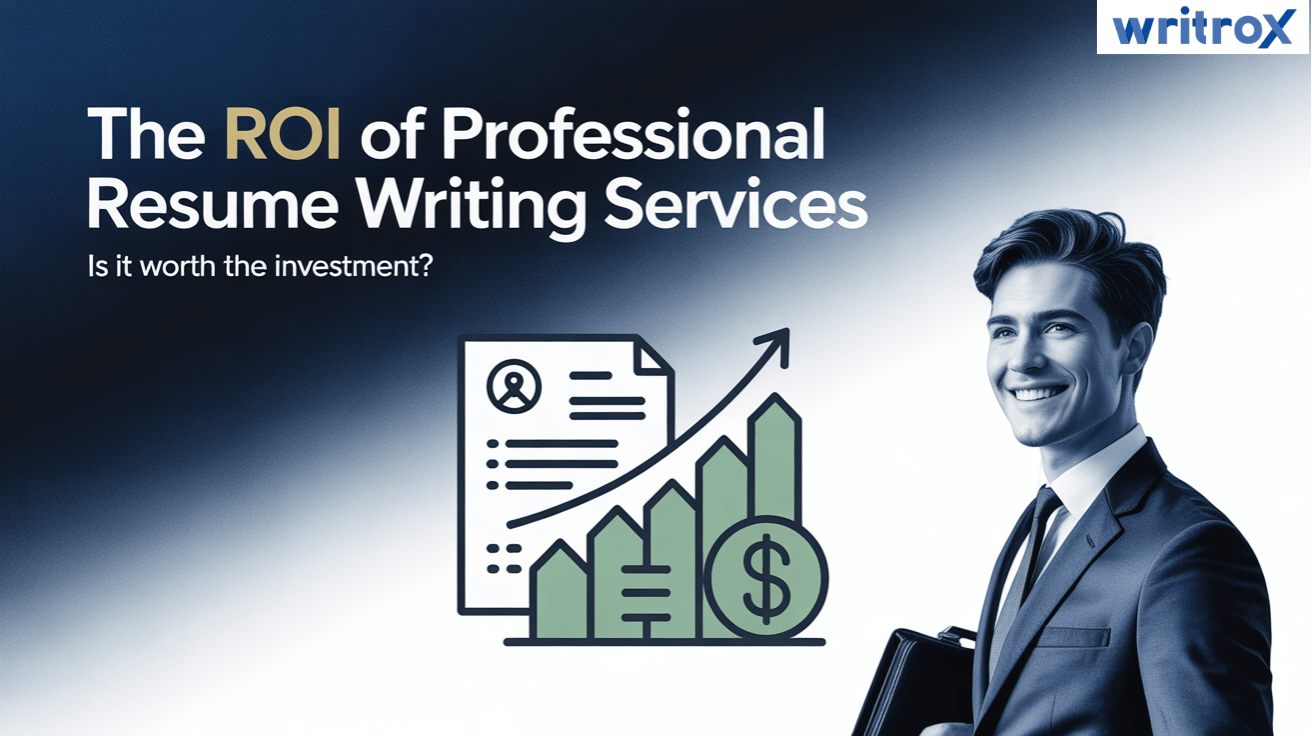When it comes to LinkedIn connections, these aren’t just members. They’re your professional currency. But here’s the contradiction: While 500+ connections might impress recruiters, 50 strategic relationships could significantly change your career. The real power lies in creating a LinkedIn connection strategy that blends smart, selective, with strategic outreach.
No matter if you’re building influence, seeking opportunities, or even establishing thought leadership, every connection should serve a purpose. Forget the old quality vs quantity debate. Today’s winners build LinkedIn networks that are both wide along deep, and we’re here to show you exactly how.
Understanding the LinkedIn Connection
LinkedIn connections are not just names in a list, they’re your ticket to a thriving career. Unlike simple contacts, these connections open doors in order to meet pros, share ideas through posts, and discover exciting job opportunities.
When you create strong connections, you create a powerful network that boosts your personal brand that helps you learn from others, and fuels your success in the professional world.
Types of LinkedIn Connections You Should Know

1st-Degree Connections:
First-degree connections are those because of their active connection through mutual invitation. These connections enable you to send messages and view their full LinkedIn information with their designated privacy rules. Your first-degree network includes colleagues, classmates, or professional associations for whom you count on. It is the skeleton of your professional network.
2nd-Degree Connections:
These contacts belong to your 1st-degree network (though they haven’t contacted you directly). Contact with these people is only a step away; and using introductions from common contacts or InMall enriches your network in a strategic way.
3rd-Degree Connections:
Your 3rd degree connections are people who are one step further away from you, meaning they can help you dive deeper into your industry. Although you do not necessarily have to have much contact, being able to meet these connections face to face, or even join in group activity can expand the possibilities.
Followers:
Followers are LinkedIn members who follow your posts but are not connected to your professional network. Your posts and articles are being read by these people, hence you are being seen and heard amongst them without having to be known by them.
Group Members
Group members are professionals, who engage in Linked-in groups you belong to. Even if you don’t have a personal connection, engagement with group discussions, sharing of expertise, and developing relationships in specialized networks can all contribute to increasing your targeted outreach.
The Quantity Approach – What Happens When You Connect With Everyone
Mass-connecting on LinkedIn can skyrocket your career or backfire. A huge network boosts visibility and opportunities, but risks weak ties and cluttered feeds. Choose wisely!
When it comes to mass connection on LinkedIn, it can skyrocket your career or even backfire. A huge network boosts visibility and opportunities, but risks weak ties and cluttered feeds. You must choose wisely. Discover the Rewards and Pitfalls to Weigh Carefully:
Benefits of a Large LinkedIn Network
Bigger Spotlight: When you have more connections, it means your LinkedIn profile and posts reach a wider audience, growing your influence.
Job Opportunities: A broad network attracts recruiters and clients and unlocks exciting career possibilities.
Search Power: Heavy connections boost the ranking of your profile in LinkedIn searches and make you easier to find.
Risks of Connecting With Everyone
Surface-Level Ties: Focusing on numbers does not always prove helpful. Sometimes, it can lead to a weak relationship that doesn’t help your career.
Feed Overload: If you’ve too many irrelevant connections, it can clutter your feed with unrelated posts and hide what actually matters.
Image Hit: When you add an irrelevant connection, it might make you look unfocused and hurt your professional reputation.
The Quality Approach – Is Less Actually More?
You’ve probably heard “quality over quantity”, but does it really apply to LinkedIn connections? Yes, with some critical cautions. We all know, a smaller network of meaningful connections delivers better engagement along with opportunities. Whereas being overly restrictive can really hurt your visibility. Let’s break down the pros and cons of this approach:
Perks of a High-Quality LinkedIn Network
A carefully curated network means every connection serves a purpose. You’ll enjoy:
- More relevant content in your feed from the people you actually need.
- Higher engagement rates on your post from invested connections.
- A stronger professional relationship that leads to real opportunities.
- Better visibility as LinkedIn’s algorithm prioritizes meaningful interactions.
- More recommendations that are credible and endorsements that carry actual weight.
Downsides of Over-Curation
However, there are risks to being too selective:
- Limited reach for your content, along with profile visibility.
- Missed opportunities from unexpected while valuable connections.
- Some second-degree connections that could open new doors.
- Potential to appear disengaged or inactive to the algorithm
- Fewer diverse perspectives in your professional network
Solving the Debate – The Balanced LinkedIn Connection Strategy

The quality vs. quantity debate isn’t just an either or choice. The winning LinkedIn connection strategy consists of both approaches. By combining selective connection standards with strategic network growth, you craft a powerful professional ecosystem, delivering both meaningful relationships along valuable opportunities. This balanced technique maximizes LinkedIn’s potential and avoids the pitfalls of extreme networking styles.
Adopt the Hybrid LinkedIn Connection Strategy
The smartest networkers use a tiered approach:
- Core Connections (100-200): Strategic Connections (300-500): Close colleagues, mentors, as well as industry leaders you engage with daily.
- Extended Network (500+): Relevant connections that expand your reach without diluting quality. This structure ensures you maintain quality relationships while benefiting from expanded visibility and opportunity flow.
Expert Insights & Examples
Top LinkedIn voices recommend:
The 20% Rule: Spend 20% of your time expanding connections, 80% nurturing existing ones.
Case Study: A marketing director grew from 200 to 1,500 connections strategically, resulting in 3 job offers
Pro Tip: Use LinkedIn’s tagging system to organize connections by value and relationship type
The hybrid approach proves you don’t need to choose between network size and quality – you can intelligently have both.
Practical Tips to Build a Powerful and Balanced Network
1. Define Your LinkedIn Goal
Begin by clarifying your purpose, career growth, business leads, or industry authority. Always prioritize connections who share your professional interests. Look for those who boost your credibility and align with your aspirations. The quality connection you get it should support your specific goals, not just increase your count.
2. Set Criteria for Connection Requests
Always be selective. Connect people only if there’s a mutual value. Prune inactive or even irrelevant profiles regularly in order to keep your network fresh. Engage automatically by commenting and messaging to strengthen the relationship. Overlook randon connections, and focus on meaningful interactions that foster trust.
3. Profile Optimization for Connection Requests
Create a headline that tells your expertise quickly. Write a compelling LinkedIn summary and highlight what you offer, not just what you seek. Always share content that reinforces your goals, and you make your profile magnetize the right connections. A polished profile attracts high-value opportunities.
Conclusion
When you adopt a smart LinkedIn content strategy, it can turn connections into opportunities. No matter if you prioritize quality or quantity, consistency is essential. Always engage authentically, share valuable insights, and nurture relationships.
Prioritize LinkedIn optimization and optimize your profile, set clear goals, and post strategically in order to build credibility along with visibility. Remember, LinkedIn rewards relevance. You’ll unlock career growth, partnership, and influence by balancing network growth.
Facing challenges while optimizing your profile? That’s where LinkedIn profile writing services come in. We at Writrox, provide exceptional LinkedIn optimization services. Get in touch with us today!













